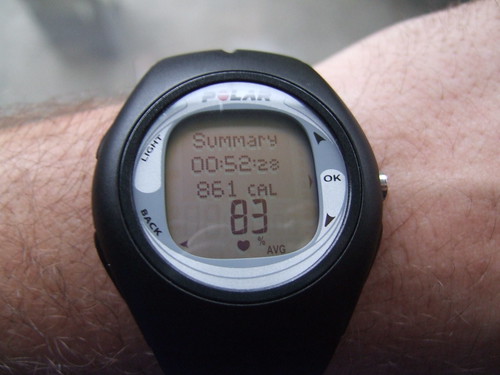The Brief Story of Thought Field Therapy (TFT) And Heart Rate Variability (HRV)
About three years ago, I received a phone call from Fuller Royal, MD director of a medical clinic in Las Vegas. He called to tell me that the treatments I developed were helping his patients. He told me that he used Heart Rate Variability (HRV), an objective test, unresponsive to placebo, in order to test all his treatments. He said that he never has seen a more powerful means of improving HRV.
A short while later, I was contacted by an expert on HRV, he told me that he was using HRV to measure the effectiveness of various treatments to reduce anger.
When he tried my treatment for chronic anger, he saw a dramatic improvement in the patient and also a dramatic improvement in the HRV score. (It is well known that chronic anger can be a serious problem for heart patients.)
Still later, I heard from a practitioner in Norway who manufactures HRV equipment and the results he obtained from using my treatments had such a powerful effect on his HRV equipment that at first he thought something went wrong with the equipment for he had never before seen such changes in HRV. He found it was the power of my treatments and his equipment was fine.
The term Heart Rate Variability refers to a precise measure in milliseconds in the variation in the intervals between heart beats. Over 40 years ago, it was found that when the interval between heart beats becomes smaller then death follows. Read more



